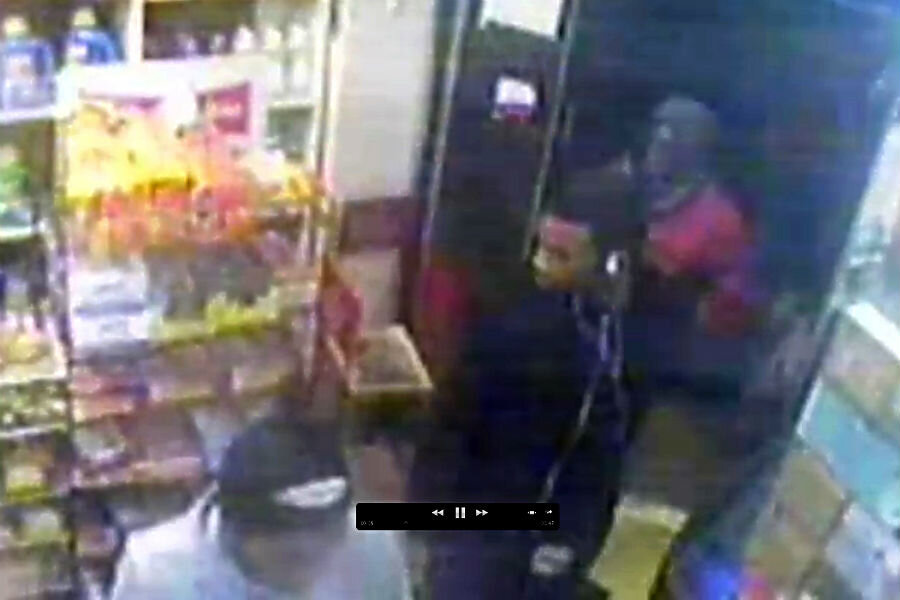Four Brooklyn rape suspects caught: Does NYC have a rape problem?
Loading...
Two teenagers were turned in by their parents and two more were apprehended on Sunday in connection with a rape of an 18-year-old woman in Brooklyn on Thursday. The police are looking for a fifth suspect.
Charges are pending against a 14-year-old, 17-year-old. and two 15-year-olds, who are suspected of taking turns raping the woman at gunpoint at a playground in the Brownsville neighborhood of the borough after ordering her father to leave.
The attackers had already fled when the woman’s father returned with two police officers. She was treated at Kings County Hospital and released.
The alleged rape has rattled the neighborhood, with some neighbors telling The New York Times yesterday that they knew the playground as a dangerous, late-night hangout spot, with the lights rarely on at night.
Though this disturbing incident along with rising numbers of New York City rape cases in recent years raises questions about crime control in the city and in this notoriously crime-ridden neighborhood, as the Times calls Brownsville, the headlines may mask some underlying progress in combating sexual assaults in New York.
Rapes were up 6.3 percent citywide in 2015 (from 2014), reports the New York Post, to 1,439. But those who provide services to rape victims attribute the rising numbers to greater reporting of the crimes, reported the New York Times last summer.
The police department has been working with hospital emergency rooms, particularly in poor communities, to encourage better reporting and to streamline the process.
“We have no reason to believe there is more sexual assault than was happening last year at this time,” Liz Roberts, the deputy chairwoman of Safe Horizon, the largest victims’ services agency in the city, told the Times in June.
She pointed out, for example, that the organization’s sexual-assault hotline has not experienced greater call volume.
“In terms of N.Y.P.D. response,” said Ms. Roberts, “we have seen a lot of attention to this issue in the last few years. They have been engaging with victims’ services on a different level.”
The Times story also notes that rape by strangers, similar to the one in Brooklyn, is declining nationally and in New York.
According to national data from the Centers for Disease Control in 2012, the rate of stranger rape as a percentage of all rape is 14 percent; in New York City this year, the rate is half that. Of the 540 reported rapes, 39 were committed by someone the victim did not know, according to the police.
In Brownsville, the number of reported rapes for the first half of 2015 nearly doubled from six to 11 compared with the same period in 2014, reported the Times.
However, murder and gun violence rates are down in the neighborhood. This suggests that rape is rising because the attacks are being reported, rather than as a result of a wider trend of violence.






